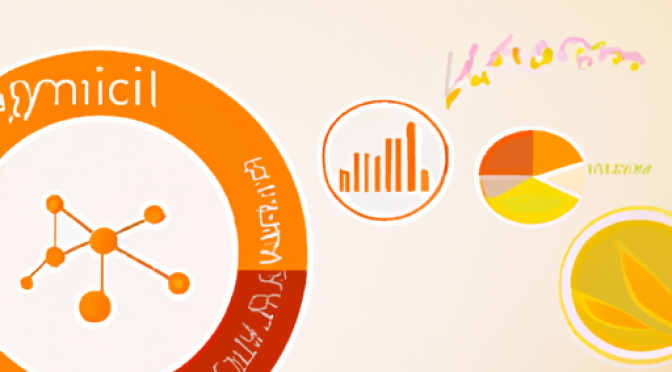Introduction
Genetically Modified Organisms (GMOs) have become an integral part of modern agriculture, offering numerous benefits such as increased crop yield and improved resistance to pests and diseases. However, ensuring the genetic stability of GMOs over multiple generations is crucial to maintain their desired traits and prevent unintended consequences. In this article, we will explore how AI-driven tools can assist in studying the genetic stability of GMOs.
Understanding Genetic Stability
Genetic stability refers to the ability of an organism’s genetic makeup to remain unchanged over time and successive generations. In the context of GMOs, it involves monitoring and analyzing the stability of the introduced genetic modifications to ensure they are retained and do not undergo unintended alterations.
AI-driven Tools for Genetic Stability Analysis
Artificial Intelligence (AI) has revolutionized various fields, and its development-of-gmos-for-medical-and-pharmaceutical-applications/" target="_blank">application in studying the genetic stability of GMOs is no exception. AI-driven tools offer several advantages in terms of efficiency, accuracy, and scalability.
1. Data Analysis and Pattern Recognition
AI algorithms can analyze vast amounts of genetic data from multiple generations of GMOs, identifying patterns and changes that may occur over time. By comparing the genetic profiles of different generations, AI can detect any variations or mutations that may affect the stability of the GMOs.
2. Predictive Modeling
AI can create predictive models based on historical data to forecast the genetic stability of GMOs in future generations. By considering various factors such as environmental conditions, breeding practices, and genetic interactions, AI can provide insights into the long-term stability of GMOs and help researchers make informed decisions.
3. Automated Phenotyping
Phenotyping involves the measurement and analysis of observable traits in organisms. AI-driven tools can automate the phenotyping process, enabling rapid and accurate assessment of GMOs’ phenotypic characteristics over multiple generations. This helps researchers identify any changes in traits that may indicate genetic instability.
4. Genomic Editing and Design
AI can assist in the design and optimization of genetic modifications in GMOs. By analyzing vast genomic datasets, AI algorithms can identify specific genetic elements that contribute to stability or instability. This knowledge can guide researchers in making informed decisions during the genetic engineering process, enhancing the overall stability of GMOs.
Conclusion
AI-driven tools offer immense potential in studying the genetic stability of GMOs over multiple generations. By leveraging data analysis, predictive modeling, automated phenotyping, and genomic design, AI can assist researchers in ensuring the stability and safety of GMOs. As technology continues to advance, AI will play an increasingly vital role in the development and monitoring of genetically modified organisms.

